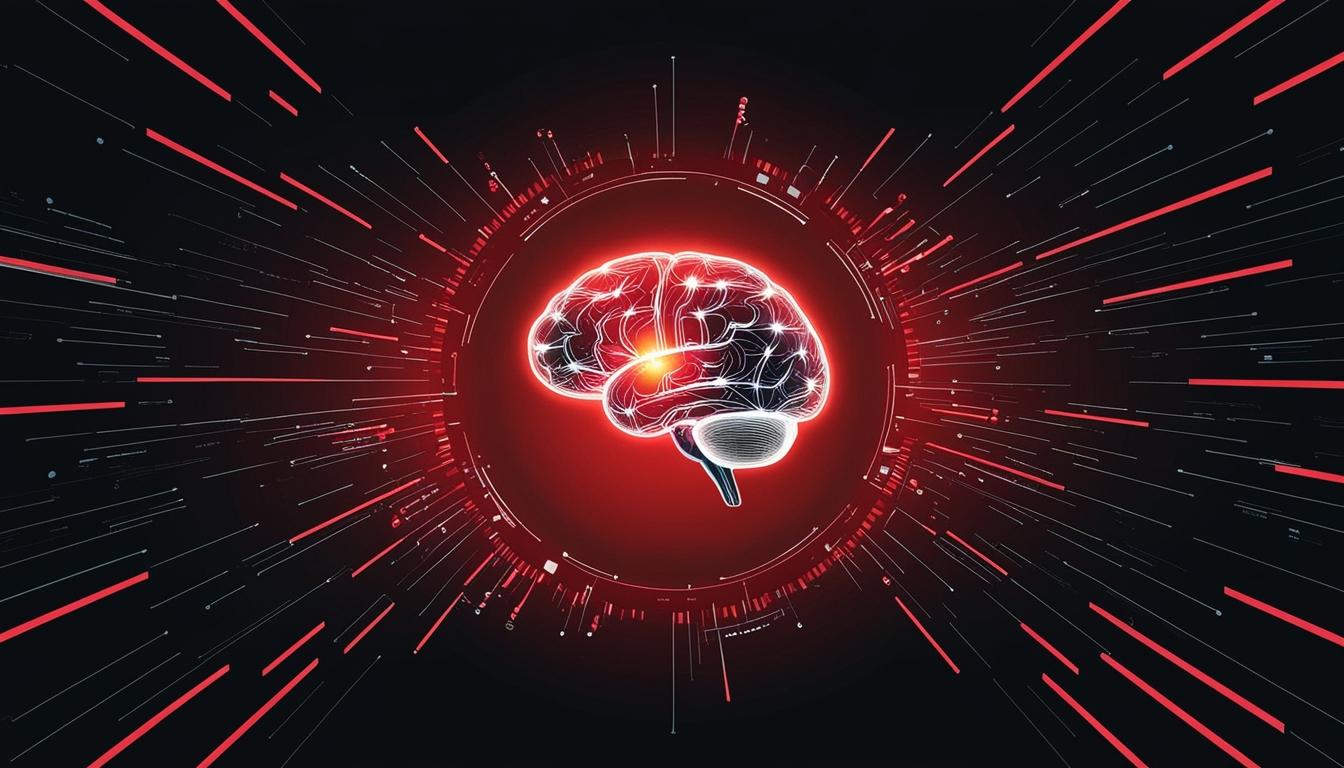As artificial intelligence (AI) and other emerging technologies continue to evolve, the pressure on IT teams across various industries is intensifying. This mounting demand for rapid deployment of these advanced tools is compounded by ongoing resource constraints and difficulties in talent retention, according to insights from Tech Radar.
In the contemporary business landscape, IT professionals are grappling with a myriad of responsibilities. Their main objective usually lies in ensuring consistent service availability. However, a significant portion of their time is often consumed by reactive crisis management rather than proactive innovation. This shift in focus is prompting many companies to explore AIOps—an application of AI aimed at optimising IT operations. As Ali Siddiqui, Chief Product Officer at BMC stated, AIOps is gaining traction for its ability to alleviate routine tasks and streamline processes, allowing IT teams to focus on innovation rather than simply troubleshooting.
Modern IT departments are tasked with overseeing complex and hybrid environments, drawing upon a diverse array of tools. Some of these platforms are noteworthy for their intuitive user experiences and their capability to integrate various applications, heuristics, and workflows into a single framework designed to enhance operational efficiency. These systems are engineered to be accessible to users of varying skill levels, from seasoned professionals to entry-level team members. The transformation of raw data into actionable insights fosters a more informed decision-making culture within IT departments.
Particularly impactful is the integration of sophisticated causal AI, which can pinpoint the root causes of complex IT issues. This advancement, combined with the capabilities of generative AI, offers decision-makers predictive insights and summarised solutions that can mitigate potential problems. Generative AI serves to streamline operations across multiple domains, including service management and DevOps, thereby saving valuable time for IT teams.
As organisations strive for efficiency, the limitations of traditional monitoring tools—particularly their reactive nature—become apparent. These legacy systems often notify teams of issues only after they have developed into significant problems, which can lead to slower operational speeds and potential system downtimes. Consequently, many businesses are seeking out predictive AI capabilities that preemptively identify capacity and resource issues, allowing organisations to implement automated measures before disruptions occur.
Coupled with the transition toward more advanced, enterprise-level tools that harness machine learning, the drive to optimise vast data sets is reshaping business performance metrics. These sophisticated systems excel in processing and analysing the complexities of contemporary IT environments, converting data into insights that fuel autonomous actions. Such automation not only enhances task prioritisation but also increases value creation across the board.
Nevertheless, the path to adopting AIOps is fraught with challenges, primarily due to the diverse and intricate nature of modern IT infrastructures. Key performance indicators (KPIs) such as failure prediction and root cause analysis have emerged as primary focuses for IT teams. Nevertheless, the vast volumes of data can overwhelm employees, making it increasingly difficult to track and improve these metrics efficiently. Reliance on manual processes hampers scalability as organisations seek cost-effective solutions.
Several critical hurdles remain in integrating AIOps technologies. These include ensuring data quality to circumvent biases and avoid flawed analytics, addressing issues arising from scale and complexity as IT operations expand, breaking down silos within IT teams to facilitate standardisation, and fostering confidence in automated processes by guaranteeing that root causes are accurately identified.
For AIOps to be effectively implemented, several foundational measures must be established. Companies are urged to integrate their current operational tools with advanced AI and machine learning capabilities, while also fostering an organisational culture conducive to collaboration and resilience. By aligning internal objectives and encouraging a culture where failure is seen as a potential growth opportunity, companies can better prepare their teams for the transformative changes that AIOps technology promises to deliver.
In conclusion, if approached with a well-defined strategy, AIOps is positioned to revolutionise IT operations, embedding automation within all facets of organisational activities and enhancing both efficacy and innovation.
Source: Noah Wire Services
